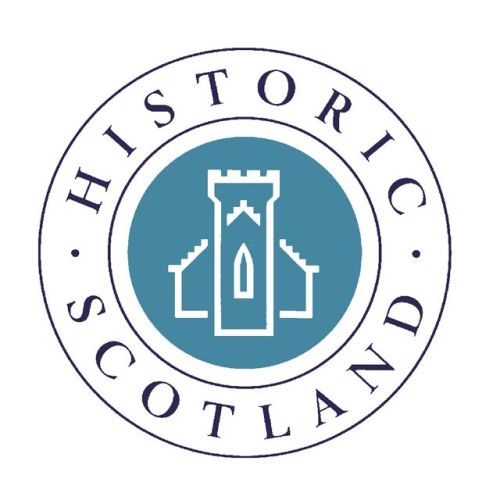
A hidden gem
Crichton Castle stands tucked away out of sight, on a terrace overlooking the River Tyne in Midlothian. It was a noble residence for some 200 years, from the late 14th century through to the close of the 16th century. It was seldom the stage for significant events. However, its connections with two influential families – the Crichtons and the Hepburn Earls of Bothwell – associate the place with some of the most colourful chapters in Scottish history.
The castle was built as a home of the Crichtons. With their fall from grace in 1484, the castle passed into the hands of the Hepburns of Hailes, Earls of Bothwell. The political intrigues of James, the 4th Earl, Mary Queen of Scots’ third husband, played themselves out far away from this sleepy corner of Midlothian. Following Bothwell’s downfall in 1567, the castle was briefly held by another complex individual, Francis Stewart. His tenure was brief, but his building legacy has endured to this day.
Castle of the Crichtons
The Crichtons appear on record around 1400. John de Crichton built the oldest part of the present castle complex – the lofty tower house that dominates the east range of the present quadrangular castle courtyard. We know very little about him. However, his son, William, became one of the most influential statesmen of his age. His undoubted astuteness and political influence combined to bring him to the very threshold of greatness. In 1437 he became Chancellor of Scotland. This position brought wealth as well as influence.
Sir William greatly extended his father’s castle, building an innovative great hall and kitchen around a new courtyard. He also built a collegiate church a short distance away (not in Historic Scotland’s care), where he paid priests to pray for his salvation and that of his family.
Castle of the Earls of Bothwell
On the accession of James IV in 1488, Crichton passed to the Hepburns, newly created Earls of Bothwell. It remained with them for the rest of its days. As such, it was linked with some of the most remarkable events in 16th-century Scotland, particularly during the time of James, 4th Earl who married Mary Queen of Scots in 1567. Prior to that union, Mary visited Crichton in 1562 for the wedding celebrations of Bothwell’s sister, Janet.
Mary’s third husband built nothing new at Crichton, but his successor, Francis Stewart, the 5th Earl, expanded it dramatically. The north lodging, built around 1580, is a most extraordinary structure. Its highly attractive, diamond-faceted façade, overlooking the courtyard, would be more at home in the Mediterranean, in Spain, Italy or southern France. Francis also had a most unusual complex of stables built beside the castle, with a huge overlight in the shape of a horseshoe.
No Comments Yet - Why not be the first to leave a comment
Every effort is made to make sure that all the information is correct but we strongly recommend that you call Crichton Castle before you set off on your day out to confirm opening times and admission prices.
Please also note that the position on Google maps for Crichton Castle is a rough estimate using their postcode in the database and might be slightly out.
It may also be worth clicking the web link for Crichton Castle to see if there are any special events coming up or currently on.